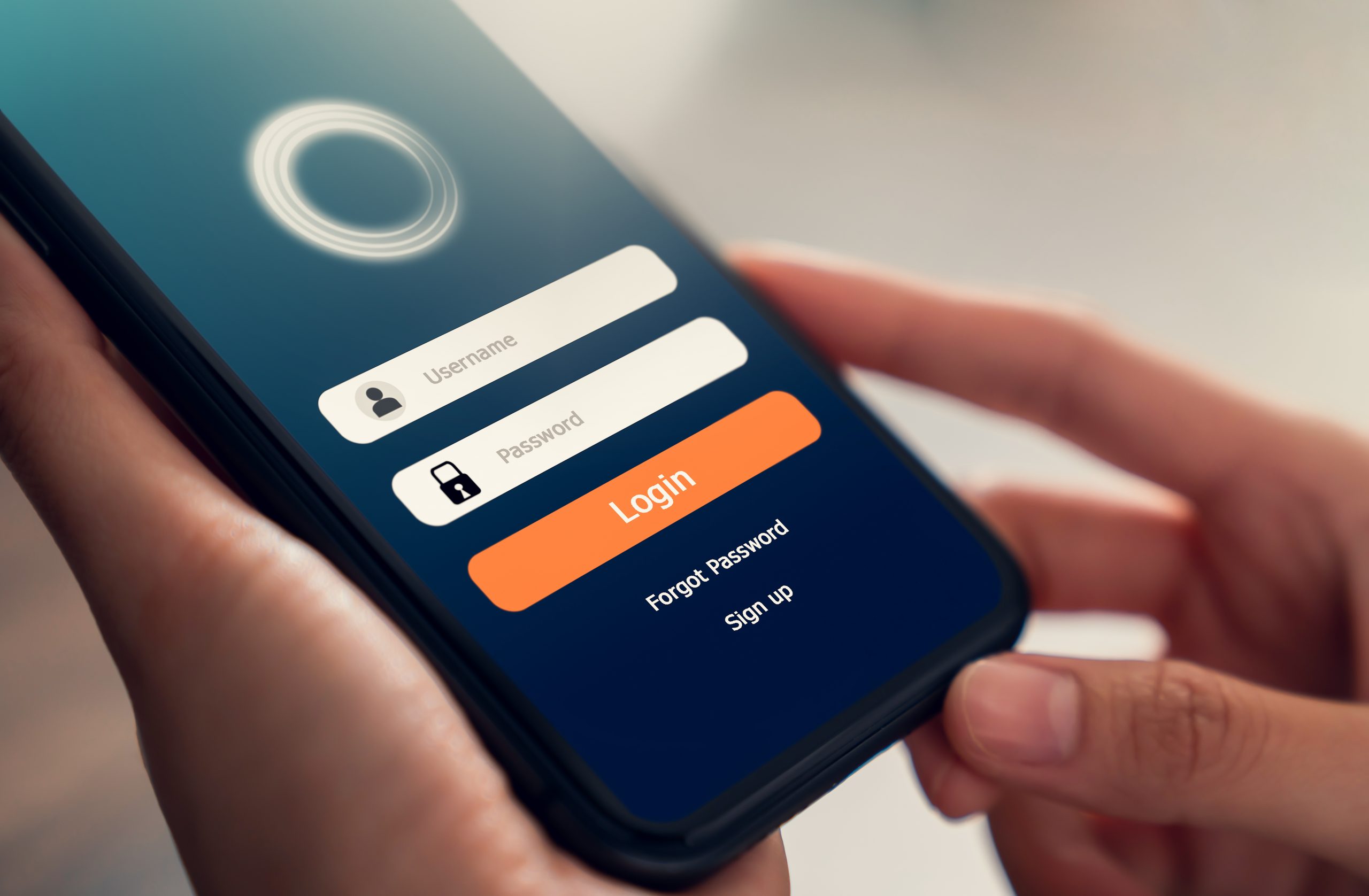The tech industry has been on an uprise over the past few years and is still going strong, with more people programming incredible mobile apps than ever. However, with this remarkable growth, there’s also been an alarming rate of cybercrimes, such as data theft. Therefore, it’s essential to learn how to protect your application or software from malicious activities. You can also opt for custom mobile app development services thereby making the entire process hassle-free and up to the mark. This article will take you through the different methods to ensure your mobile application’s security.
Encrypt Data
There’s an emerging fear around companies leaking customer data or data stolen by data thieves. No wonder more and more businesses are opting to use the CGS service and other mobile device management firms. The goal is to enhance corporate data security. Therefore, an essential part of having the best protection possible for your mobile app is securing user data.
One way to protect your user data is data encryption. It’s the process of taking all the data that has been processed through your app and scrambling them into an unreadable code that can only be unlocked and read by you. Should a data thief get access to any information, data encryption will make it hard for them to open and read it. The added level of security will instill a sense of safety in your app users.
Get Certified
Obtaining an SSL certificate is another way to boost your app’s security. SSL stands for Secure Socket Layer. It works by using public and private keys to create an encrypted connection. This certificate can be used for both applications and websites, especially those that use a payment gateway. That’s because data thieves commonly target a payment gateway.
Require Multi-Factor Authentication
Authentication is also a great way of making sure that your mobile app is secure. Doing this will ensure that the mobile users also have autonomy when it comes to the safety of their own personal data. To find out how you can implement a high-level authentication, consider the points below: This method entails the user being able to identify two or more pieces of information correctly. For example, the app user can be required to present the following:
- Password: Implementing password authentication will ensure that there’s an extra barrier of protection for your users’ data. Different password types can be used, but the alphanumeric password is one of the most secure ones. This password uses various numbers, letters, and symbols. You can double up the safety precaution by encouraging app users to update and change their passwords every three to six months. A secure password is maintained that way.
- OTP: An OTP stands for ‘one-time password.’ It’s usually used as an extra layer of security that verifies the user’s identity. A code is sent to the user as a one-time access code with this authentication method.
Keep The Mobile App’s Backend Secure
Many apps don’t have any backend protection because developers often wrongly assume that cybercriminals attack only against a software program’s frontend. The truth is that the backend needs to be protected as well. That’s because it’s a necessary part of any mobile app that functions for data storage and processing.
Some of the backend security risks are data injection attacks, access control-related (ACL) misconfigurations, sensitive data exposure, and lack of centralized log management. The need to protect every part of a mobile app’s backend is especially true now that modern software programs’ backends consist of multiple servers and run numerous software services, including databases and web proxies.
Make sure that there are checks in place that will verify a query’s origin to prevent injection attacks. Also, to ensure that there’ll be no ACL misconfigurations, ensure that your customers and team members will receive only the needed amount of frontend and backend access.
Having Regular Check-Ins
As a developer, knowing the ins and outs of your app is vital to ensure that you’re on top of the security game. So, take every chance you get to test your app and do it repeatedly. That’s because technology is progressing, and new threats are emerging daily. Testing your app allows you to spot loopholes and find ways to fix them immediately.
One way to test your app’s security is by doing a penetration test. It’s the process of purposely setting scenarios/checks to see any vulnerabilities in software that allow cybercriminals to penetrate its security.
Final Thoughts
The security methods mentioned and discussed above will give you confidence in the safety of your mobile app. In the modern world, where device dependency of the worldwide population has increased significantly in the past couple of years, mobile app security is an essential issue that software developers must address. You can protect the app’s users and your brand by doing so.

